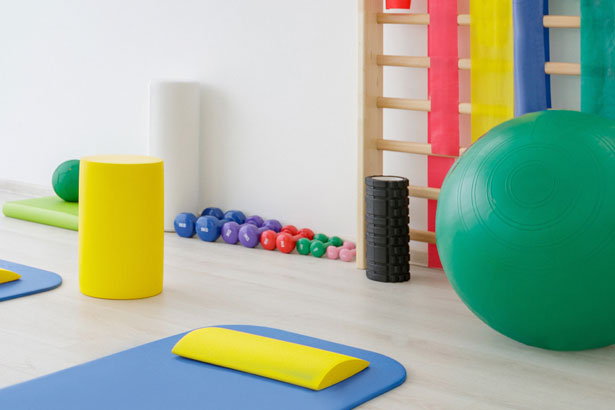Physical Therapy for Vestibular Disorders
VRT Los Angeles employs neurological physical therapists specially trained to help those with vestibular disorders and balance problems. Various physical therapies can also treat concussion, TBI (traumatic brain injury), and dizziness. The sooner you're treated for balance problems, the better the chances of recovery.
What's Different About Physical Therapy for Vestibular Disorders
There's a fair bit of overlap between the two physical therapies since balance problems can stem from injury. We also work in tandem with our sister neurology and chiropractic doctors, making coordinating our care with theirs very easy. Based on their information and recommendations, we can build a rehabilitation program that'll produce the best recovery outcome.
What's Involved in Vestibular Physical Therapy
While a lot goes on inside your inner ear (where the heart of your vestibular system is) to help you maintain balance, those little organs inside your ear receive a lot of information from other parts of your body and pass it on to your brain. In addition to your eyes, they receive information from your muscles and joints (proprioceptive input), and your skin (somatosensory input).
Proprioceptive input is information your brain processes to decide how it needs to move, like walking or riding a bike. Your muscles and joints give constant feedback to your vestibular system as they gauge pressure and stretching sensations. For example, they inform your brain of the steady pressure on your back and glutes when seated at your computer, and then alert you to a body tilt when you lean back and stretch the stiffness out of your back. Without this information, you'd fall out of your chair.
Your skin is part of your somatosensory system, meaning that part of its job is to provide input on your body's position. Your skin can help your vestibular system and brain figure out where your limbs are and how they're moving. This sense naturally decreases with age and contributes to fall risk in the elderly.
Even if you've come to us based on your doctor's recommendation, we still perform an evaluation specifically tailored to diagnose your disorder and gauge its severity. Evaluation involves delving into your health history, performing various testing methods to screen and assess your symptoms, gauge muscle strength, range of motion, coordination, posture, balance, and walking ability.
With sufficient information gathered, we build a customized action plan and set goals with you. Our goal is to help you restore and maintain balanced vestibular health. We want to see you get back to your daily life in proper balance.
Staying active even with balance issues is important to recovery. We'll help pace you safely while guiding you through coping strategies for your symptoms. VRT Los Angeles' neurological physical therapy is designed to get all your somatosensory and proprioceptive input back in sync with your vestibular system.

